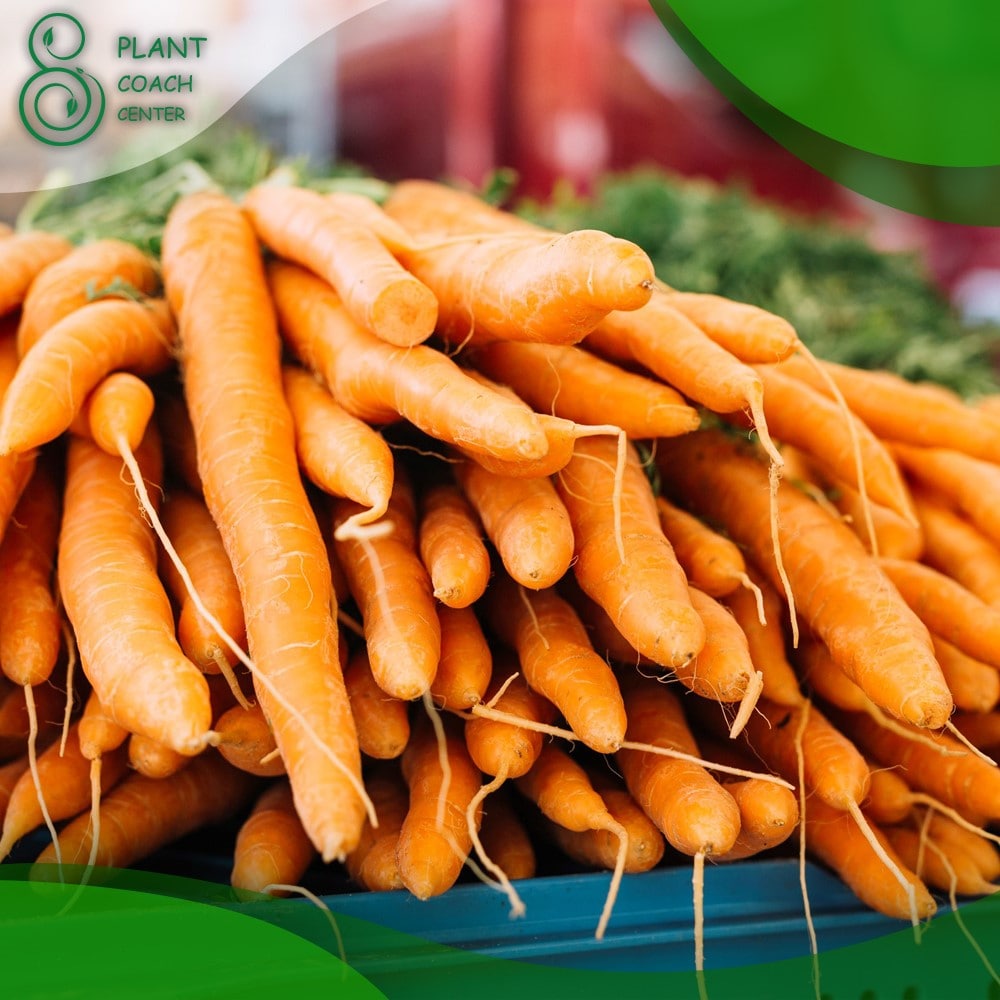When Should You Harvest Carrots
Growing your own vegetables is a rewarding experience, offering both nourishment and a sense of accomplishment. Among the vegetables you can grow in your backyard or indoor garden, carrots hold a special place. These hardy, root vegetables not only enrich the color and texture of your meals but also offer a wealth of health benefits. However, knowing the right time to harvest carrots can be somewhat of a puzzle for novice and even some experienced gardeners. In this comprehensive guide, we delve into the world of carrots, exploring the ins and outs of knowing when should you harvest carrots?
Understanding Carrots
History and Types of Carrots
Carrots have been cultivated for thousands of years, with wild varieties traced back to Central Asia. Today, they are grown worldwide in colors ranging from the traditional orange to purple, white, yellow, and red. Each type has its unique flavor profile and growing requirements, but all share one thing in common: the need for an understanding of their life cycle to determine the perfect harvest time.
The Life cycle of a Carrot
Carrot growth begins with seed germination, followed by the development of a rosette of leaves. The plant then forms a taproot which extends deep into the soil while continuing to grow foliage. The taproot swells over time, storing nutrients, and forming the carrot we eat. Understanding this life cycle is crucial to knowing when to harvest.
Ideal Conditions for Growing Carrots
Carrots are cool-weather crops that prefer loose, well-drained sandy or loamy soil. They need a soil pH between 6.0 and 7.0 and direct sunlight for at least six hours each day. Proper planting in the right conditions sets the stage for a successful harvest.
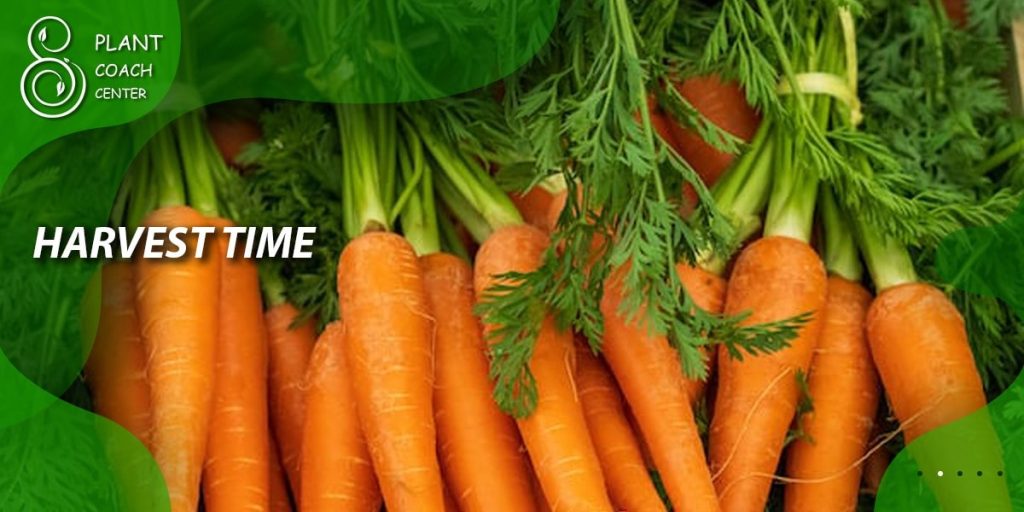
Sowing Carrot Seeds
When to Sow Carrot Seeds
Carrot seeds are best sown in early spring, a few weeks before the last frost date. However, for a continuous harvest, you can sow seeds every three weeks until mid-summer.
How to Sow Carrot Seeds
Prepare the soil by removing any debris and breaking up clumps to create a smooth, loose bed. Plant the seeds directly into the ground about 1/4 inch deep and 2 inches apart, in rows spaced 12 to 18 inches apart.
Setting the Stage for a Great Harvest
Water the seeds gently and consistently to keep the soil moist but not waterlogged. Once the seedlings are an inch tall, thin them to stand 3 to 4 inches apart. This gives the carrots room to grow and prevents competition for resources.
The Importance of Timing
Understanding the Growth Timeline of Carrots
Most carrot varieties take between 70 and 80 days from planting to reach maturity, but this can vary depending on the specific type and growing conditions. Checking the seed packet for the estimated days to maturity can provide a good harvest time frame.
Why Timing Your Harvest is Critical
If harvested too early, carrots will be small and underdeveloped. If left in the ground too long, they can become woody, overly large, and lose their sweet flavor. Correct timing ensures you get the most out of your carrot harvest.
Factors Affecting the Harvest Time
Several factors can influence when to harvest carrots, including the variety, weather conditions, soil type, and how well the plants have been cared for.
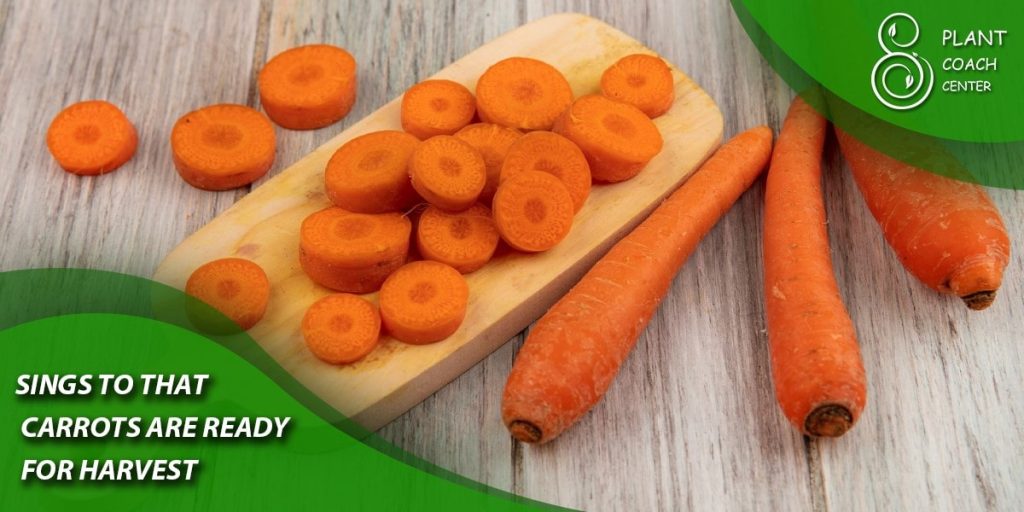
Signs that Your Carrots Are Ready for Harvest
Size and Color
A good indicator of maturity is the size and color of the carrots. Most varieties should be 1/2 to 3/4 inches in diameter at the soil surface and have a bright, vibrant color when they are ready to harvest.
Foliage Condition
Healthy, brightly colored foliage is another sign that your carrots are ready to be harvested. However, yellowing or browning leaves can indicate a problem such as disease or pests.
Soil Condition
Gently brush away the soil at the top of the carrot to check its size and color. If the ground is too hard, watering can soften it and make it easier to check the carrots without damaging them.
How to Harvest Carrots
The Right Tools for the Job
While you can pull the carrots out by hand, using a garden fork to loosen the soil around the carrots can make the job easier and prevent damage to the roots.
Step-by-Step Guide to Harvesting
Gently loosen the soil around the carrot with a garden fork, then grasp the carrot by the foliage and pull upwards with steady, even pressure. If the foliage breaks off, use the fork to carefully lift the carrot out of the soil.
Tips to Ensure a Successful Harvest
Harvest carrots in the cool of the morning to reduce wilting. If you can’t harvest all your carrots at once, start with the largest ones as they’re likely the most mature. Leave smaller carrots for a later harvest, giving them more time to grow.
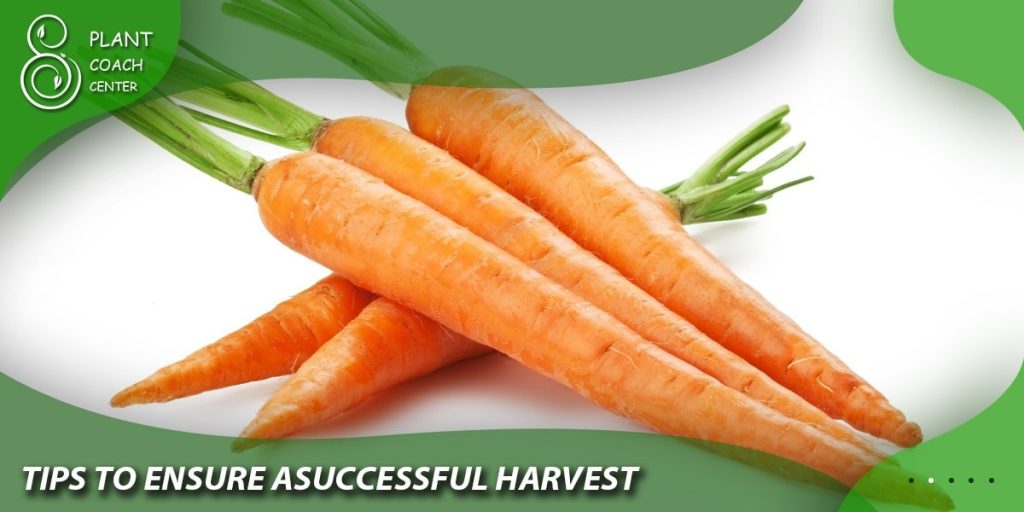
Post-Harvest Handling of Carrots
Cleaning and Drying
After harvesting, gently brush off any soil clinging to the carrots. Rinse them under cool water and pat dry. It’s best not to scrub the carrots or remove the tops if you plan to store them, as this can lead to faster decay.
Storage Methods
Store carrots in a cool, humid place like the refrigerator. Place them in a container filled with moist sand or wrapped in a damp cloth to keep them fresh.
Preserving Your Harvested Carrots
If you have more carrots than you can eat before they spoil, consider preserving them. This can be done through canning, freezing, pickling, or dehydrating.
Common Problems and Solutions
Disease and Pests
Carrots can be affected by various diseases and pests, like carrot fly, root knot nematodes, and fungal diseases. Regularly check your plants and take appropriate action at the first sign of trouble.
Unusual Growth Patterns
Forked, twisted, or stunted carrots can result from rocky or heavy clay soil, over-fertilization, or irregular watering. Ensure your soil is well-prepared and you’re providing consistent care.
Temperature and Weather Issues
Extreme weather conditions like a heat wave or frost can affect carrot growth. Using mulch can help regulate soil temperature and retain moisture.
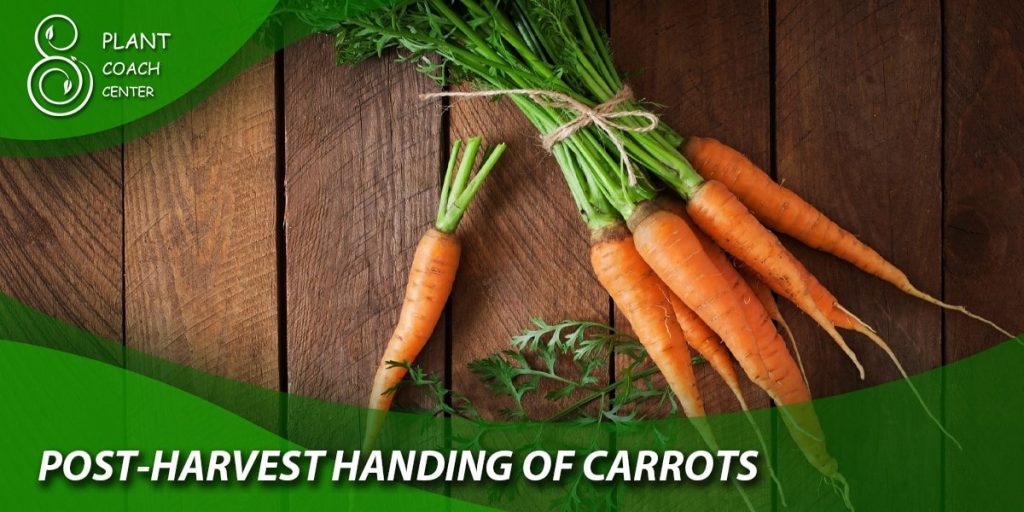
Conclusion
Growing and harvesting your own carrots is a rewarding experience. With the right knowledge, you can enjoy a bountiful harvest of crisp, sweet carrots from your garden. Remember, the key to a successful harvest is understanding the life cycle of the carrot and the importance of timing.
When is the best time to harvest carrots?
Most varieties of carrots are ready for harvest 70-80 days after planting. However, the best indicators are the size and color of the carrot.
Can I leave my carrots in the ground too long?
Yes, leaving carrots in the ground too long can result in overgrown, woody, and less flavorful carrots. It's important to harvest them when they're just right.
How can I tell if my carrots are mature enough to harvest?
The easiest way is to look at the size and color of the carrot. A bright color and size between ½ inch to ¾ inch in diameter usually indicates that the carrot is ready for harvest.
What problems might I encounter when growing carrots?
Some common problems include pests, diseases, and weather conditions. Each of these can affect the growth and yield of your carrot plants.
How should I store my harvested carrots?
Carrots should be stored in a cool and humid place. They can be kept in the refrigerator for a few weeks.
Can I replant harvested carrots?
Generally, replanting harvested carrots won't yield another carrot. However, the tops can be replanted to grow lovely carrot foliage, which can be an interesting addition to your garden.


